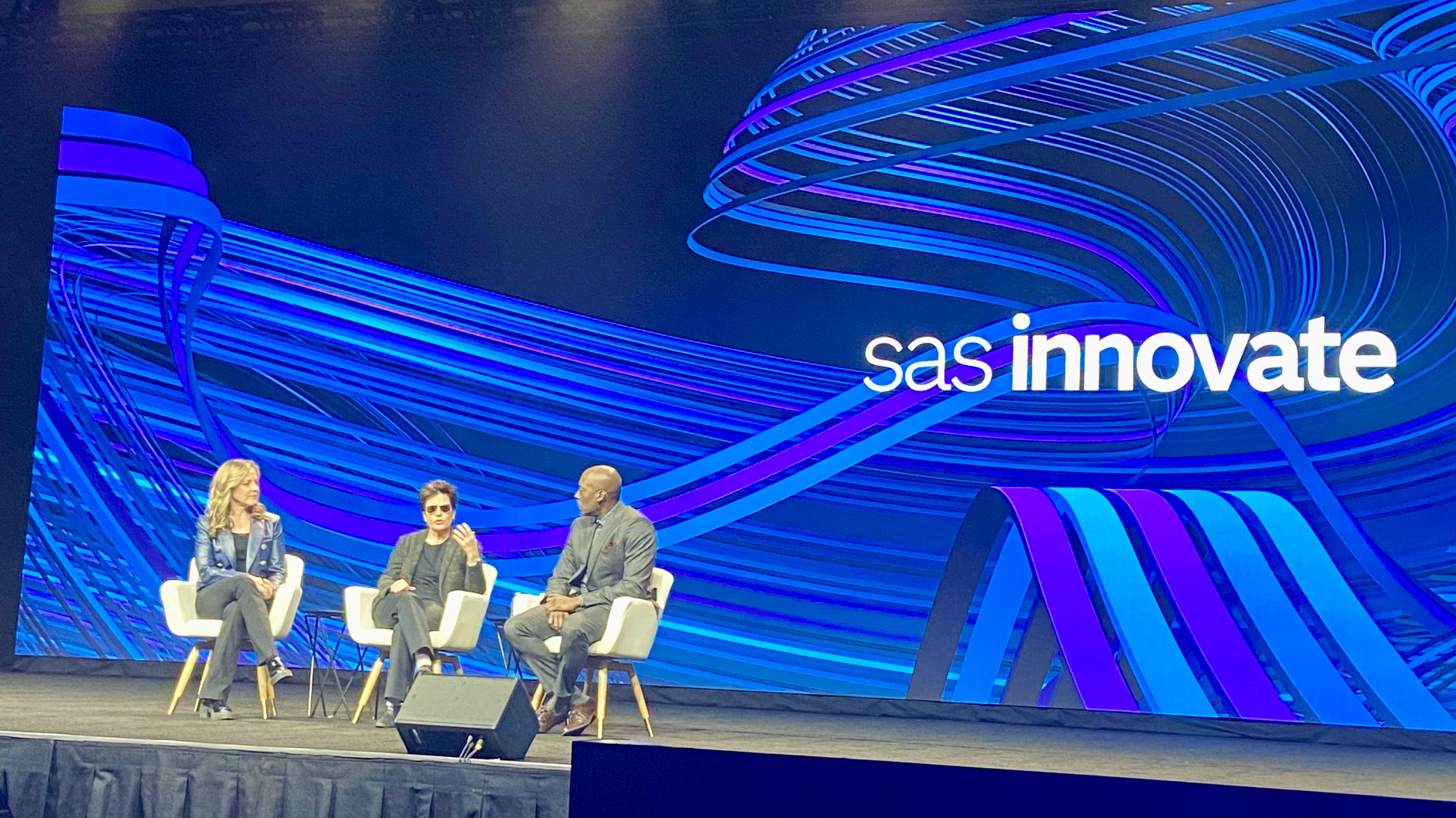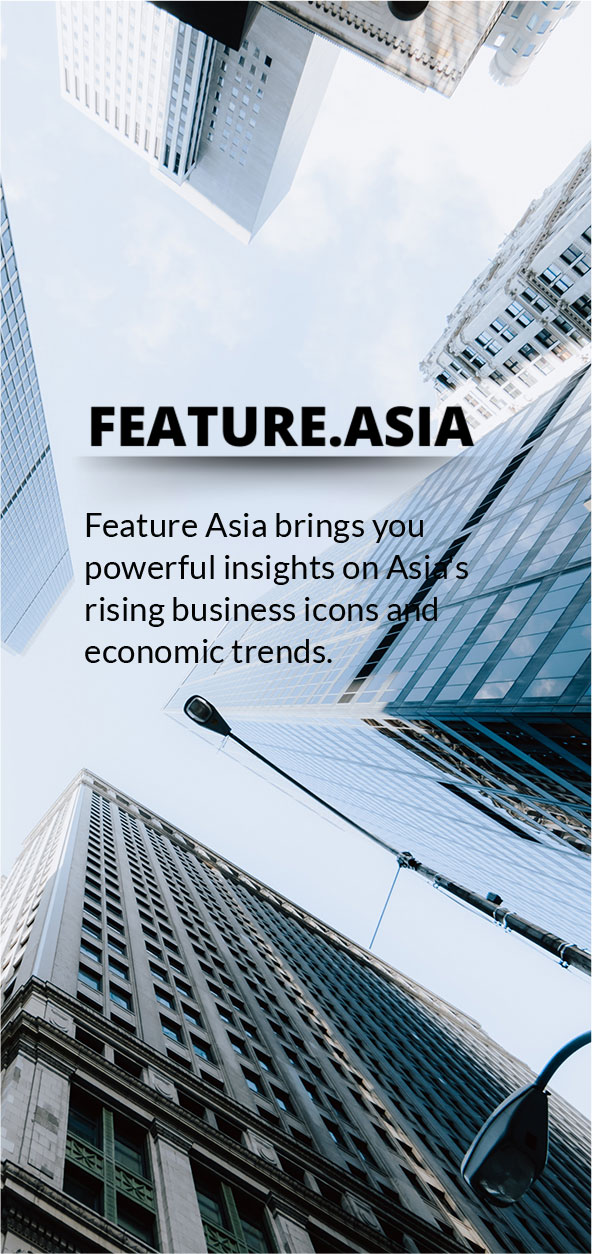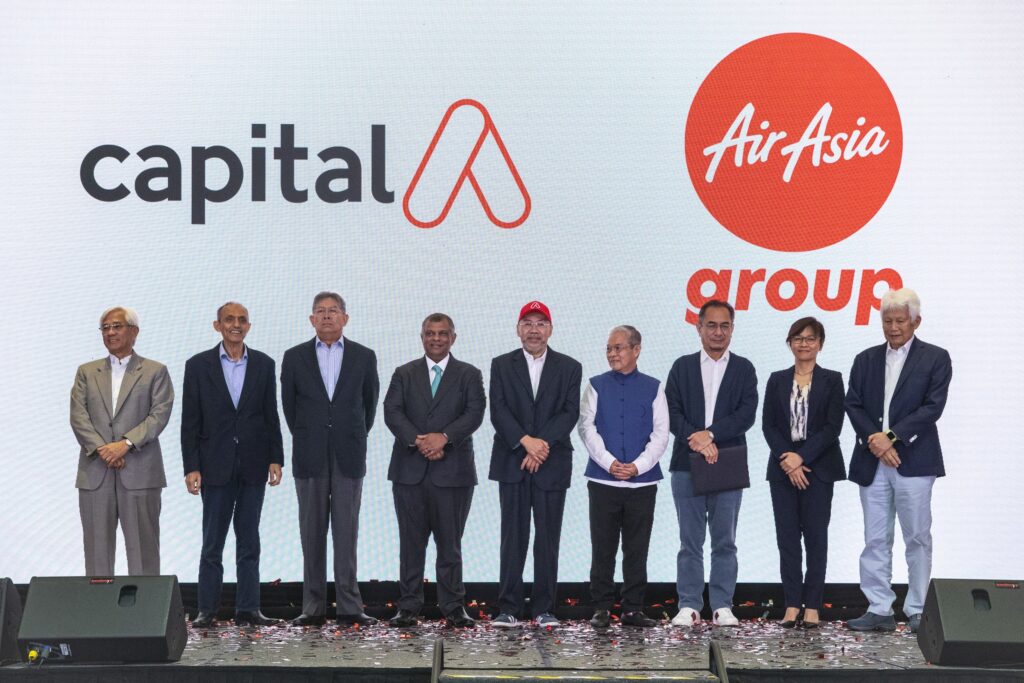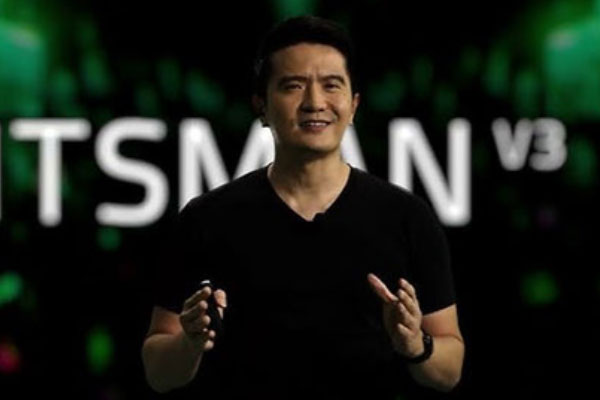SAS Responsible AI framework and quantum analytics signal next phase of enterprise AI
SAS, the global analytics leader, unveiled a new suite of Responsible AI tools and early-stage quantum computing features at Innovate 2025, its annual event held in Singapore. As enterprise AI shifts toward greater regulation and transparency, these launches reflect SAS’s aim to lead the field. The SAS Responsible AI strategy, paired with long-term quantum research, positions the company as a key player in building trustworthy AI systems—especially in Asia’s fast-growing digital landscape.
Background: Enterprise AI shifts from theory to execution
The timing of SAS’s launch aligns with major global developments. Regulations like the EU AI Act are gaining ground. As a result, businesses are moving from AI experimentation to real deployment. They now prioritize ethics, compliance, and transparency.
At Innovate 2025, SAS brought together executives, regulators, and data scientists to explore real-world governance issues. Sectors like finance, healthcare, and infrastructure took center stage. SAS introduced a five-part Responsible AI framework, focusing on explainability, bias reduction, governance, auditing, and human oversight.
These tools help manage the full AI lifecycle. Through the SAS Viya platform, clients can receive real-time alerts, track compliance, and monitor models—without compromising speed or performance.
Key launches: Responsible AI meets early-stage quantum innovation
The most eye-catching announcement was SAS’s cautious entry into quantum analytics. It introduced experimental tools designed to simulate hybrid classical-quantum environments. These tools target long-range optimization problems in areas like logistics and finance.
Unlike other firms chasing quantum buzz, SAS stressed that these tools are part of a long-term vision. The company is working with top quantum research labs, and the tools are accessible via Viya’s familiar interface.
Alongside this, SAS launched secure integrations with open-source large language models (LLMs). Clients can now “bring their own model” and deploy pre-trained or fine-tuned AI within a secure, auditable setup. This is especially vital for industries under strict compliance requirements, such as banking and healthcare.
Editorial insight: SAS builds what the AI market will soon require
SAS is betting on governance-first AI. While many tech companies focus on demos and short-term trends, SAS is laying the infrastructure for long-term stability. This includes systems for monitoring, documenting, and regulating how AI is built and deployed.
Its quantum tools follow a similar path. Rather than rushing to sell unproven features, SAS is developing foundational components. These will support businesses once hybrid quantum-classical systems become viable.
This strategy fits well in Southeast Asia. Governments in the region are drafting AI regulations, and adoption is growing fast. SAS’s physical presence and infrastructure-led approach may give it an edge as businesses balance speed with responsibility.
Conclusion: SAS commits to ethical, scalable enterprise AI
The announcements at Innovate 2025 go beyond new features. They reflect a long-term plan for scalable and ethical enterprise AI. SAS believes that Responsible AI will soon become the norm. Companies that prepare now may lead in trust and adoption later.
The company’s quantum projects are still in early stages, but they show vision. If SAS can grow Viya’s user base while keeping its tools accessible, it may become the preferred platform for safe and hybrid AI deployment—both in Asia and around the world.














